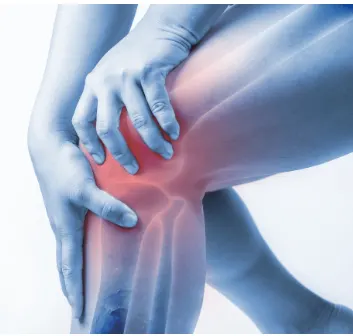Your joints go through natural changes as you get older, but you should never give in to joint pain as an expected part of aging. Instead, you can take steps to maintain resilience, strength, and optimal joint health.
Preventing joint pain, or relieving pain if problems have already appeared, primarily involves lifestyle changes supported by medical care. Our team at Florida Pain Medicine works with adults at all stages of life, creating personalized lifestyle and treatment plans designed to maintain healthy joints.
Let’s talk about normal age-related joint changes and then give you the top three tips for preventing joint pain. There’s no denying that your joints change over the years. Fluids needed to lubricate the joint diminish, and cartilage protecting the bones breaks down. Ligaments tend to stiffen, while the muscles you need to support and stabilize the joint weaken.
These changes can lead to varying degrees of inflammation, pain, and stiffness. For many people, this age-related degeneration turns into osteoarthritis, the most common cause of joint pain.
It sounds like you’re destined for joint pain, doesn’t it? That isn’t the way it has to play out. You can make changes that promote healthy joints and go a long way toward preventing degenerative changes.
The earlier you start, the better, but it’s never too late to reap the benefits of lifestyle changes. We’re here to help with a multi-disciplinary approach that draws from specialized areas such as physical therapy, interventional pain medicine, regenerative medicine, and medication management. Exercise has the amazing ability to slow down age-related changes in your joints. Staying active makes your joints more resistant to degeneration. With exercise, muscles get stronger and cartilage gets thicker. Stretching helps the ligaments and joints stay flexible.
If you already have joint problems, exercise is the best way to alleviate the pain, maintain optimum mobility, and reduce inflammation. As a result, exercise puts a dent in progressive joint deterioration. We know that it can be difficult to begin or maintain an exercise program if you already have joint pain. That’s why we offer a wide range of interventional procedures that significantly relieve the pain and get you back into action.










